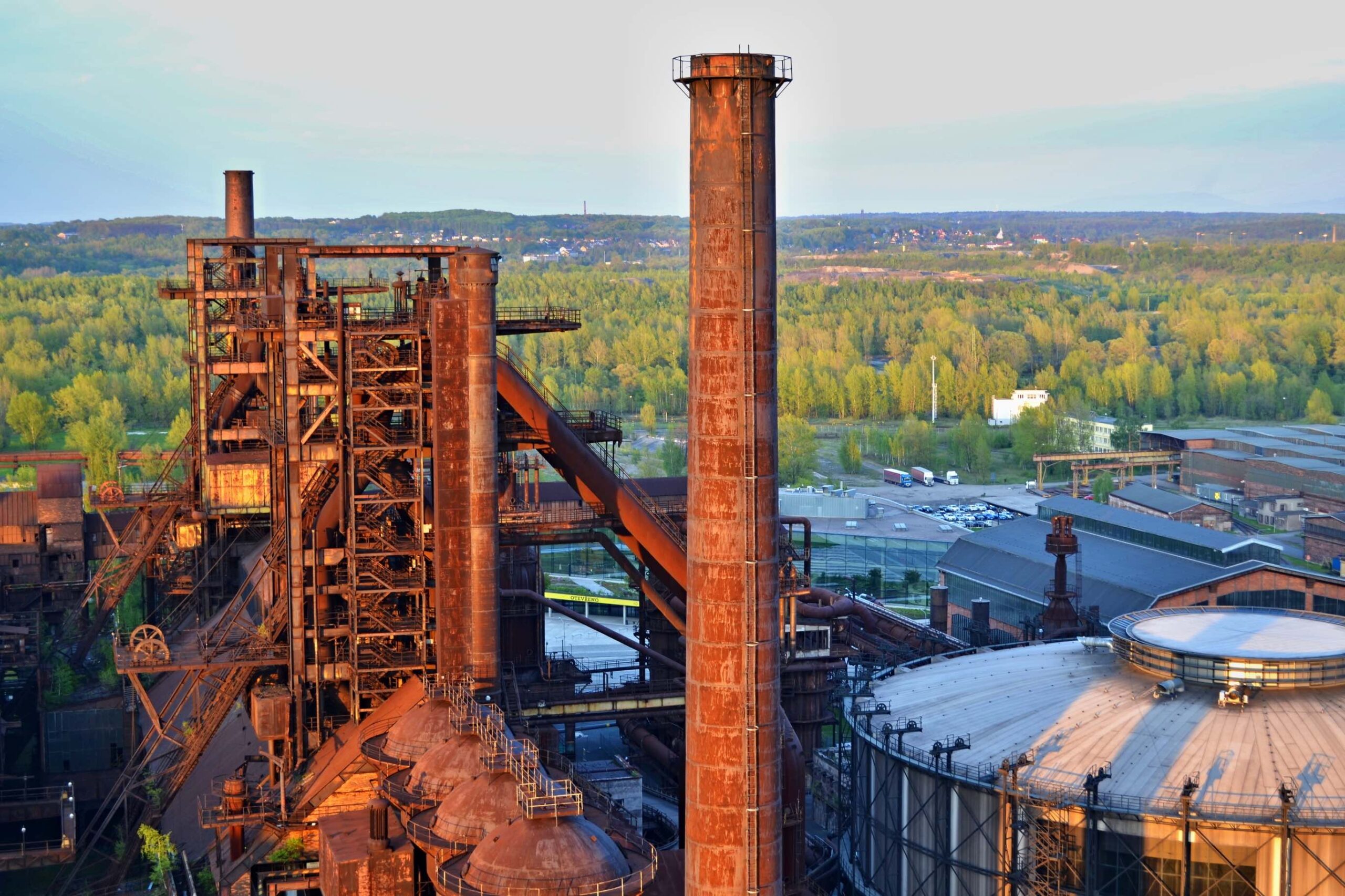The impact of forest fire smoke on electronic equipment can be significant. Often, the damage can lead to electrical and structural problems that require costly repairs or replacements. In a previous forest fire blog, my colleagues shared guidance to mitigate the risks. Here, we provide a deeper dive on this topic — discussing the effects of smoke on equipment, preservation tactics, the assessment process and the science behind the smoke.
Effects of smoke on electrical and electronic equipment
Smoke contamination poses a concern when particles from burning material settle on exposed electronic surfaces. There are five ways that smoke can affect different areas:
- Thermal dissipation – Particles borne in smoke clog filters, obstruct airflow and cause equipment to overheat.
- Corrosion – Particles with corrosive properties etch susceptible metal surfaces which leads to pitting. Pitting is a type of corrosion that occurs when localized areas on a metal surface undergo a chemical attack, which results in the formation of small holes or pits on the surface.
- Staining – Discoloration could become permanent.
- Odor – Odor is a sign that potentially harmful chemicals are still present and could be released into the air when the equipment is in use. This poses a health risk to individuals nearby.
- Abrasive – Smoke consists of miniscule particles of the combusted material and can cause damage to mechanical assemblies by acting as an abrasive between moving components.
Equipment preservation
After establishing the presence of corrosion, time becomes a factor, as you may be uncertain whether to repair or replace the affected equipment. Nonetheless, there are six preventive measures you can take to inhibit the corrosion from spreading before moving forward.
- Smoke exposed equipment should not be powered on. The risk of conductive matter settling in-between electronic components — causing an electrical short — is high.
- Disconnect equipment from utility power and all other energy sources.
- Engage equipment service vendors or a professional decontamination specialist to extract water.
- Attempt to lower the relative humidity in the facility to between 45% and 55%.
- Certain metals that equipment is comprised of, such as those that do not have a natural barrier from air or are unpainted, are susceptible to rusting if left exposed. Those metals should be treated with a rust inhibitor (although be sure not to spray inhibiting lubricants on circuit boards). Additionally, obtain vapor phase corrosion inhibitors (VpCIs) and place them inside electronic control panels.
- Cover equipment before facility restoration activities commence. Do not cover equipment that cannot be powered off.
Equipment assessment
When confronted with a plethora of seemingly destroyed equipment, it can be challenging to determine how much, if any, corrosion has occurred. A careful investigation of the loss site can provide details about the materials that were consumed and the potential chemicals that were off gassed in the area. While some facilities that sustain a fire experience an abrupt loss of power by the utility, other sites — and especially those impact by wildfire smoke — will maintain power throughout the event. As such, equipment will likely remain powered on. Following a loss, it is imperative to power off equipment that may have been exposed to conductive matter.
A quick way to determine if conductive matter exists is by utilizing a conductivity meter, which is a device that measures the ability of a substance to conduct electricity. This meter can be used to determine the level of conductivity in a solution, contaminant or gas, as examples. If a conductivity meter is not readily available, securing tape lifts to determine the presence of soot, ash or char, and analytical wipe samples to reveal the composition of the settle particulate (i.e., sulfate, nitrates, chlorides) will help ascertain if loss related contaminants exist, and if they do, whether or not they are corrosive.
The science behind smoke
Contrary to popular belief, smoke is not always harmful. As noted, an evaluation of the loss site can provide details about the materials that were consumed and the potential chemicals that were off gassed. Determining empirically whether smoke is detrimental to electrical equipment requires some science. As an example, corrosion develops when susceptible metals in the equipment, water from humidity or from fire fighting activities, and chemicals from burned materials — such as wood, plastics, and nylons — react and form weak acids. The acids bond with the metals and result in corrosion. While not an exhaustive list, sulfates, nitrates or chlorides usually need to be present for corrosion to take place.
When materials are consumed in a fire — be it in a forest fire or within a structure — ions are released into the environment. Ions are tiny particles that have an electric charge. Think of these as small batteries that can be either positive or negative. When there are more positive charges than negative charges, they’re called cations. When there are more negative charges than positive charges, they’re called anions. When these ions mix with water, the reaction can be catastrophic to electrical and electronic equipment. Quantifying the presence of anions and cations is therefore a critical step to fully appreciating the extent of exposure and potential for irreversible damage.
EFI Global engineers and industrial hygienist’s conduct visual non-invasive inspections to understand the severity of smoke exposure/damage. Based on the results of the initial inspection, recommendations are conveyed which could include a more comprehensive inspection/investigation including non-destructive and/or destructive testing. After the inspections and testing, the exposure and potential damage will be defined, and recommendations are communicated for cleaning, repair or replacement, as needed, to return the equipment to its pre-loss condition.
Learn more > visit efiglobal.com or contact [email protected].

